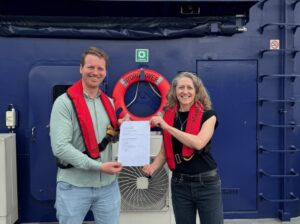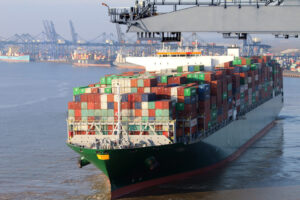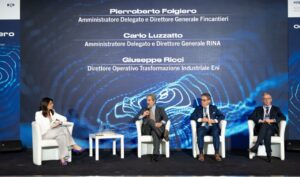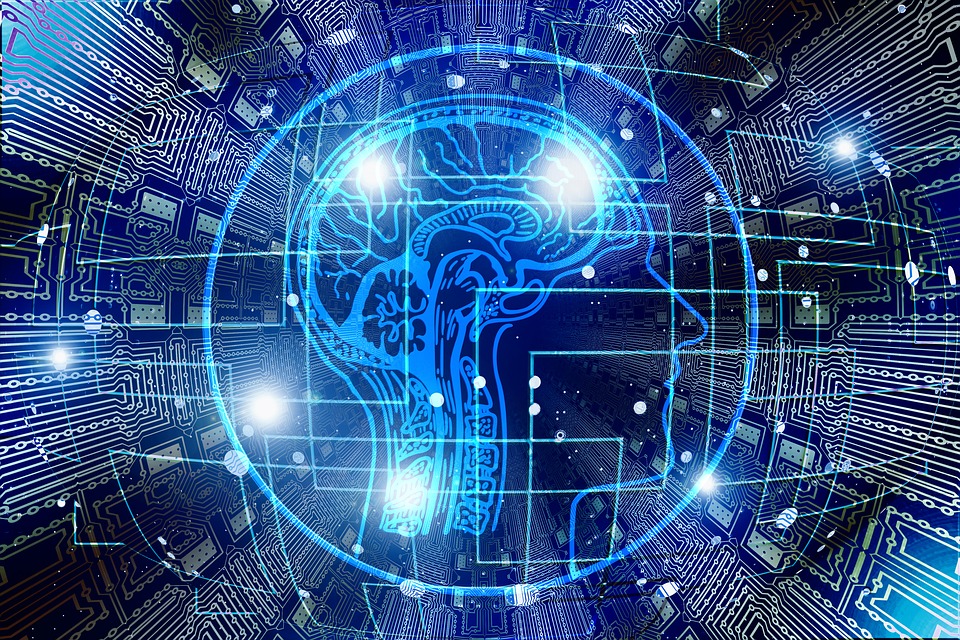EU maritime transport to increase in coming years. So will GHG emissions.
To remain competitive while reducing pollution and climate impacts, EU maritime transport must continue investing in sustainable new technologies, and adopting digital solutions and automation processes, a new report concluded.

On 1 September, the European Environment Agency (EEA) and the European Maritime Safety Agency (EMSA) launched the European Maritime Transport Environment Report which marks the first comprehensive health-check of the shipping sector.
According to the report, maritime transport plays and will continue to play an essential role in global and European trade and economy.

In recent years, the sector has taken significant measures to alleviate its environmental impacts. Ahead of a projected increase in global shipping volumes, the new report reveals for the first time the full extent of the impact of the EU maritime transport sector on the environment and identifies challenges to achieving sustainability.
“While Europe’s maritime transport sector plays a vital role for our economic well-being, this report clearly shows that maritime transport in Europe and the entire international shipping community have an urgent responsibility to step up their efforts to reduce this sector’s environmental footprint,” Hans Bruyninckx, EEA Executive Director, commented.
“While steps have been taken already based on European and international policies, much more is needed for a fundamental shift towards a sustainable maritime transport sector that contributes to secure the future well-being and survival of our most sensitive ecosystems and coastal areas, and the well-being of Europeans.”
With 77% of European external trade and 35% of all trade by value between EU Member States moved by sea, maritime transport is a key part of the international supply chain. Despite a drop in shipping activity in 2020 due to the effects of the COVID-19 pandemic, the sector is expected to grow strongly over the coming decades, fueled by rising demand for primary resources and container shipping.
The report shows that ships produce 13.5 % of all greenhouse gas emissions from transport in the EU, behind emissions from road transport (71%) and aviation (14.4%). Sulphur dioxide (SO2) emissions from ships calling in European ports amounted to approximately 1.63 million tonnes in 2019, a figure which is expected to fall further over the coming decades due to stricter environmental rules and measures.
Maritime transport is estimated to have contributed to the fact that underwater noise levels in EU waters have more than doubled between 2014 and 2019 and has been responsible for half of all non-indigenous species introduced into European seas since 1949. However, even though the volume of oil transported by sea has been steadily increasing, only eight accidental medium to large oil tanker spills out of a worldwide total of 62 occurred in EU waters over the past decade.
The joint report assesses the current state of emerging maritime transport sustainability solutions, including alternative fuels, batteries and onshore power supply, and provides a comprehensive picture of their uptake in the EU. It also outlines future challenges posed by climate change for the industry, including the potential impact of rising sea levels on ports.
“Our Sustainable and Smart Mobility Strategy makes clear that all transport modes need to become more sustainable, smarter and more resilient — including shipping. Although maritime transport has improved its environmental footprint in past years, it still faces big challenges when it comes to decarbonising and reducing pollution,” Adina Vălean, EU Commissioner for Transport, pointed out.
“Based on all the latest evidence, our policies aim to help the sector confront these challenges, by making the most of innovative solutions and digital technologies. This way, maritime transport can keep growing and delivering on our citizens’ daily needs, in harmony with the environment, all the while maintaining its competitiveness.”
“The message is clear: maritime transport is expected to increase in the coming years and unless we act now, the sector will produce more and more greenhouse gas emissions, air pollutants and underwater noise. A smooth but rapid transition of the sector is crucial to meet the objectives of the European Green Deal and move towards carbon neutrality,” Virginijus Sinkevičius, European Commissioner for Environment, Oceans and Fisheries, stressed.
“This will also create new economic opportunities for the European transport industry as part of the necessary transition to a sustainable blue economy. The challenge is immense, but we have the technologies, the resources and the will to tackle it.”
“Innovation-driven sustainability is an opportunity for shipping to complete a transformation on the same scale as the replacement of sails by steam,” Maja Markovčić Kostelac, EMSA Executive Director, said.
“This new maritime revolution will depend on ships developed through advanced technology and digital solutions, but also on a multi-layered, fully inclusive process at national, European and international level that encompasses safety, security and social aspects as well as environmental ones.”
“But crucial too is shipping’s role as a link in a transnational logistics chain. This means that every part of that chain — from ports to the shipbuilding sector, from shippers to the private and public financial sectors — must be included in our drive towards sustainability,” Markovčić Kostelac added.
Key impacts on the environment
- Greenhouse gas emissions: in total, ships calling at EU and European Economic Area ports generated around 140 million tonnes of CO2 emissions in 2018 (approximately 18% of all CO2 emissions generated by maritime transport worldwide that year).
- Air pollution: In 2019, sulphur dioxide (SO2) emissions from ships calling in European ports amounted to around 1.63 million tonnes, approximately 16% of the global SO2 emissions from international shipping.
- Underwater noise: Ships create noise which can affect marine species in different ways. It is estimated that between 2014 and 2019, the total accumulated underwater radiated noise energy more than doubled in EU waters. Container ships, passenger ships and tankers generate the highest noise energy emissions from propeller use.
- Non-indigenous species: Overall, since 1949, the maritime transport sector has accounted for the largest proportion of non-indigenous species introduced into seas around the EU — close to 50% of all species, with the largest number found in the Mediterranean. A total of 51 species are all classified as high impact, meaning that they can affect ecosystems and native species. The report also notes the limited data available in assessing the full impact on habitats and species.
- Oil pollution: out of a total of 18 large accidental oil spills in the word since 2010, only three were located in the EU (17%); better monitoring, enforcement and awareness is helping to reduce oil pollution events even though the amount of oil transported by sea has been steadily growing for the past 30 years.
Key impacts on the environment
EU maritime transport faces a crucial decade to transition to a more economically, socially and environmentally sustainable sector. Already, most ships calling in the EU have reduced their speed by up to 20 % compared to 2008, thereby also reducing emissions, according to the report.
In addition, non-traditional fuels and energy sources, such as biofuels, batteries, hydrogen or ammonia, are emerging as possible alternatives for shipping, with the potential to decarbonise the sector and lead to zero emissions.
In the medium term though, conventional and low carbon fossil fuels are expected to continue being used, as the uptake of alternative fuels remains slow and poses technical challenges.
Onshore power supply can also provide a clean source of energy in maritime and inland navigation ports. If electricity supply relies on clean and renewable energy sources, onshore power supply can reduce emissions at berth to zero, and decrease noise levels. Close to 10% of ships calling at ports of the EU are equipped with it, with numbers steadily growing.








